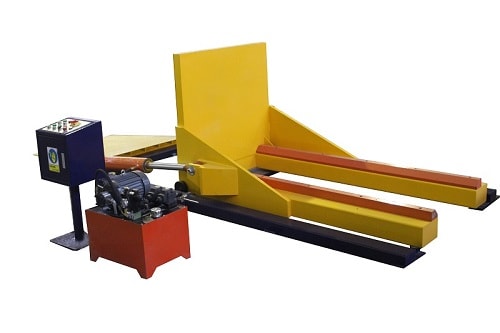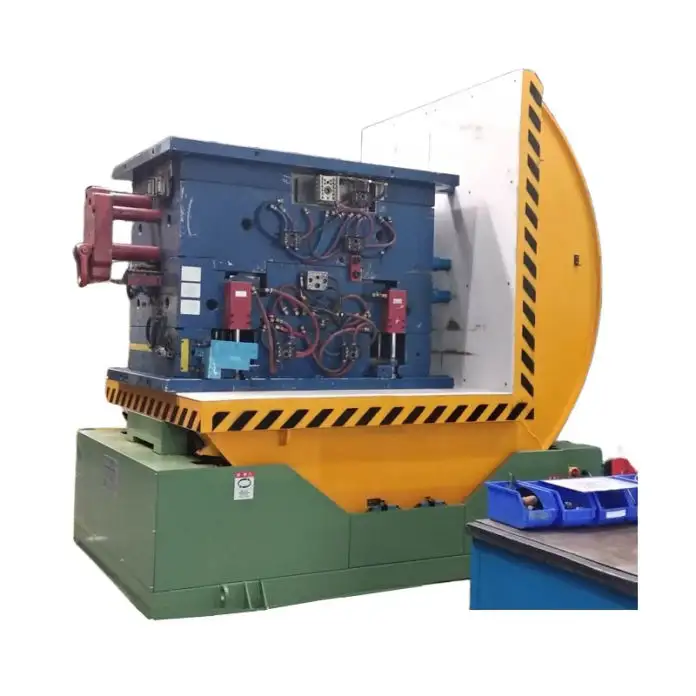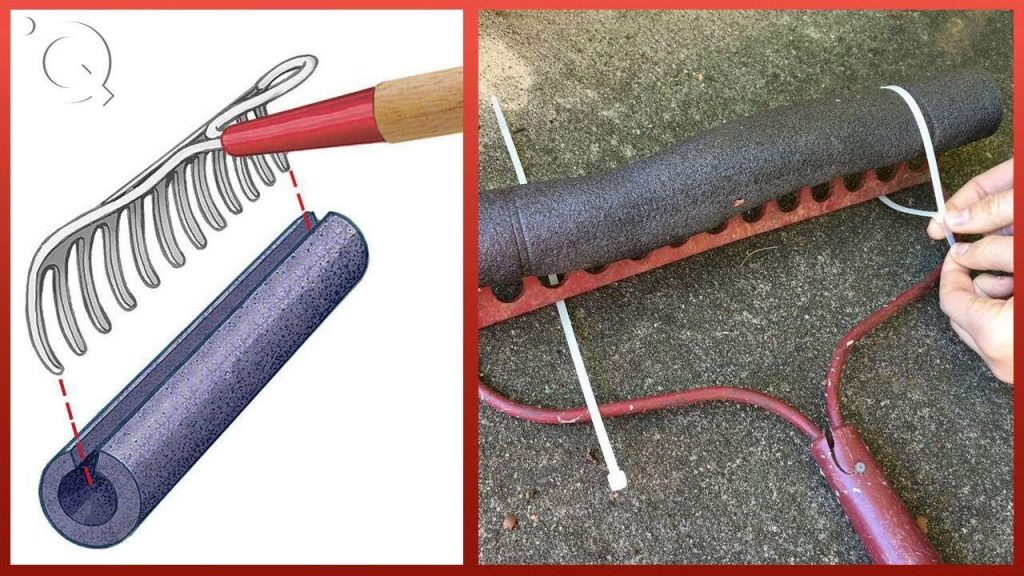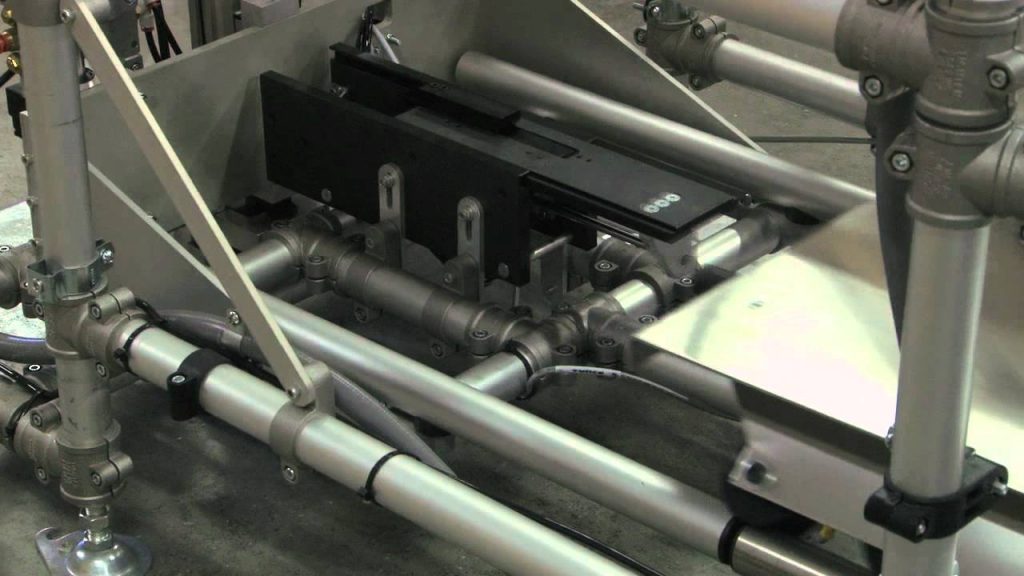# Why Mold Upenders are a Game Changer for Safety Manufacturing
## Introduction
As manufacturing processes continue to evolve, companies are looking for ways to improve efficiency and safety. One area that has seen significant advancements is the use of mold upenders. This piece of equipment has transformed the way manufacturers handle molds and is a game-changer for safety manufacturing.
## What are Mold Upenders?
Mold upenders are machines designed to handle the movement of molds, used in the manufacturing of plastic products, that are too heavy or awkward to move by hand. The machine has a rotating arm that lifts and rotates the mold, allowing it to be easily moved or stored.
## How do Mold Upenders Improve Safety in Manufacturing?
One of the most significant benefits of using mold upenders is the improvement in safety for workers. Prior to the invention of these machines, molds were moved manually, which posed a significant safety risk. Workers were required to use brute force to move heavy molds, which often resulted in injuries such as strains, sprains, and even fractures.
Mold upenders eliminate the risks associated with manual handling, and they provide many benefits. The machines are designed to move molds smoothly and efficiently, reducing the need for manual labor. This not only reduces the risk of injury but also increases productivity and efficiency.
## Features of Mold Upenders
Mold upenders come in a range of sizes and designs, allowing manufacturers to choose the right machine for their specific needs. Some of the key features of mold upenders include:
### 1. Load Capacity
Mold upenders come with varying load capacities, allowing them to handle different sizes and weights of molds. The load capacity of the machine is usually indicated in tons, and manufacturers can choose the right machine based on their needs.
### 2. Rotation Range
The rotation range of the machine refers to the maximum angle that the arm can rotate. This feature is important as it determines the range of movement of the mold.
### 3. Power Supply
Mold upenders can be powered by electricity, hydraulic power, or air pressure. The choice of power supply will depend on the manufacturer's preference and the availability of power sources.
## Advantages of Mold Upenders
Using mold upenders provides several benefits for manufacturers, including:
### 1. Increased Efficiency
Mold upenders make it quick and easy to move molds around the factory, reducing the time required for manual handling.
### 2. Reduced Injury Risk
The use of mold upenders reduces the risk of injury to workers by eliminating the need for manual handling.
### 3. Improved Ergonomics
Mold upenders are designed to be ergonomic, allowing workers to move molds with minimal effort.
### 4. Consistent Quality
Mold upenders ensure that molds are handled carefully, reducing the likelihood of damage or breakage. This leads to a reduction in waste and an increase in overall product quality.
## Conclusion
Mold upenders are an innovative and game-changing technology in the world of manufacturing. They have transformed the handling of molds, making it safer, more efficient, and less time-consuming. Manufacturers can improve their productivity and reduce the risk of workplace injury by investing in mold upenders.
## FAQs
1. What is the weight capacity of mold upenders?
Mold upenders come in different sizes and designs and have varying load capacities. The load capacity is usually indicated in tons.
2. Are mold upenders easy to use?
Yes, mold upenders are easy to use and require minimal training.
3. What are the power options for mold upenders?
Mold upenders can be powered by electricity, hydraulic power, or air pressure.
4. Can mold upenders be used for different types of molds?
Yes, mold upenders come in a range of sizes and designs, allowing them to handle different sizes and types of molds.
5. What are some of the advantages of using mold upenders?
Mold upenders provide increased efficiency, reduced injury risk, improved ergonomics, and consistent quality.




